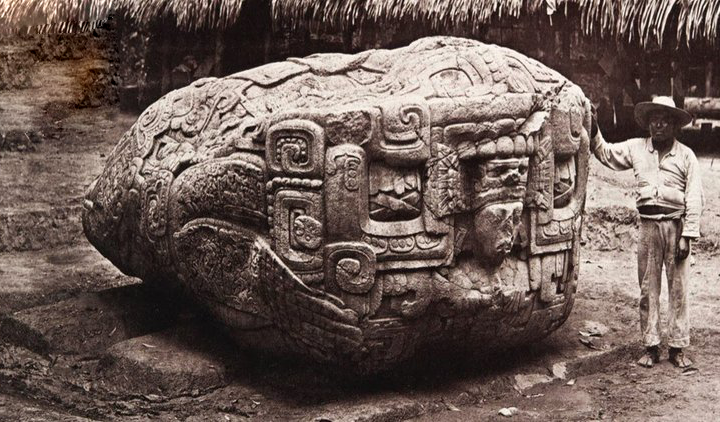The Star of David, known as the Magen David in Hebrew, stands as a profound emblem of Jewish identity and culture. Its journey from a simple geometric shape to a universally recognized symbol of Judaism is both intricate and fascinating.
Historically, the six-pointed star wasn’t unique to Jewish traditions. It was a prevalent geometric motif, similar to other symbols like the five-pointed star. The first associations of the Star of David with Jewish culture date back to the 2nd or 3rd century, evidenced by archaeological discoveries in ancient synagogues.
Interestingly, the Star of David wasn’t initially a symbol with significant Jewish religious implications. Early examples, like those found in the Synagogue of Capernaum, likely served decorative purposes. It was not until the medieval period, particularly within the esoteric realms of Kabbalistic teachings, that the star began to gain religious significance.
The Star of David’s ascent to prominence in Jewish symbolism was gradual. In Prague during the mid-14th century, the Jewish community was granted the right to display a flag featuring the star. This marked a pivotal moment, as it was the first official use of the star as a Jewish emblem.
The 18th century saw a surge in the star’s popularity, especially in Europe, as Jewish communities sought a distinct symbol to parallel the Christian cross. This quest for a unique Jewish identity led to the star’s widespread adoption in synagogues, literature, and even gravestones.
The first Zionist Congress in 1897 further solidified the Star of David’s status as a central Jewish symbol. Chosen for its recognition and secular nature, the star became a beacon of Jewish nationalism and identity.
However, the star’s history is not without its dark chapters. During the Holocaust, the Nazis used the yellow Star of David to mark and persecute Jews. This painful period in history could not overshadow the star’s significance, and it continued to symbolize Jewish resilience and unity.
In 1948, the newly established State of Israel adopted a flag featuring the Star of David, further cementing its role as a symbol of Jewish identity and nationhood. Yet, the star’s significance extends beyond national borders, symbolizing Jewish heritage and shared history.
While the Star of David’s origins and evolution are complex, its current status as a unifying symbol for Jews worldwide is undeniable. It transcends geographical and cultural boundaries, representing the enduring spirit and continuity of the Jewish people.










